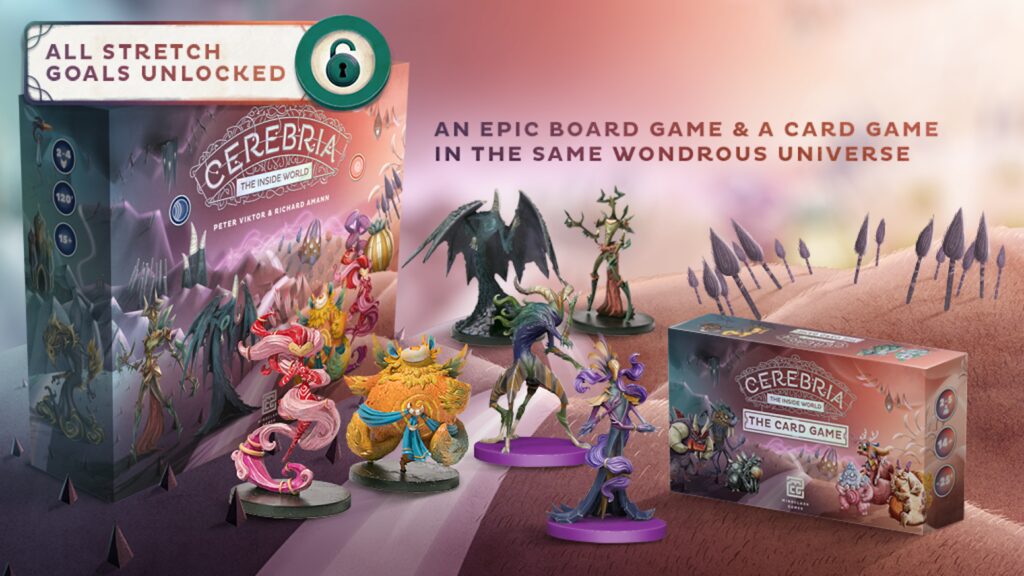Animation is a critical component in shaping a game’s identity, by creating movements and expressions that make the game engaging, immersive, and memorable. Animators work closely with the game’s design and programming teams to ensure that the animation matches the game’s overall design and style. It helps in creating the game’s identity, atmosphere and brings the personalities of characters to light. Realism and expression are two critical elements of animation in games. Animations also need to work fluidly with the game engine to ensure a natural and engaging experience. Animators play a crucial but often overlooked role in game development.
Inside Look: The Role of Animation in Shaping a Game’s Identity
Games are not just about coding, graphics, and gameplay. Animation plays a crucial role in shaping a game’s identity. In fact, animators are the unsung heroes of the gaming industry, and their work goes unnoticed. In this article, we will take an inside look at the role of animation in game development.
The Basics of Animation in Game Development
Animation is the art of bringing characters, objects, and scenes to life using movement, facial expressions, and other visual elements. In gaming, animation is used to create various 2D and 3D character movements, background effects, and other interactive elements that make the game look more realistic and engaging.
Creating animation for a game requires a lot of skill, creativity, and dedication. Animators work closely with the game’s design and programming teams to ensure that the animation matches the game’s overall design and style.
The Role of Animation in Game Design
Animation plays a crucial role in creating the game’s identity and atmosphere. For example, a fast-paced game with intense action scenes will have highly dynamic and fluid animation. Whereas, a puzzle game will require slower, more methodical animated elements.
The animation is also responsible for developing the characters and bringing their personalities to light. For example, the animation for a villain would be more sinister, dark, and moody, whereas the animation for the hero would be more heroic and dynamic.
Realism and Expression in Animation
Realism and expression are two critical elements of animation in games. Realistic movements give a game a sense of immersion, making it more engaging and memorable. At the same time, expressing emotions in animation can elicit feelings from the player and create a more immersive experience.
The player’s perception of the game’s world could be significantly impacted by the animation used. For example, a horror game could be made more frightening or intense with jerky and sudden movements, dark shading, and equally dark colors used in animation. On the other hand, a game for kids would use bright and vivid colors with slower and more “happy” animations for the game’s characters.
The Technical Side of Video Game Animation
For animators, the technical side of game animation is crucial. The team needs to have an in-depth understanding of game engines, software, and coding languages to effectively integrate animations into the game’s overall design.
Animations need to work fluidly with the gaming engine to ensure transparent transitions between actions or scenes that appear natural and engaging. The frame rate, lighting, and camera angles also play an important role in the game’s animation.
Conclusion
The role of animation in game development cannot be overlooked. Animators are some of the unsung heroes of game development. They bridge the gap between a game’s design and its gameplay by creating movements, expressions, and visual elements that make the game immersive, memorable, and engaging. Without animation, games would lack the flair, personality, and life that make them stand out.
